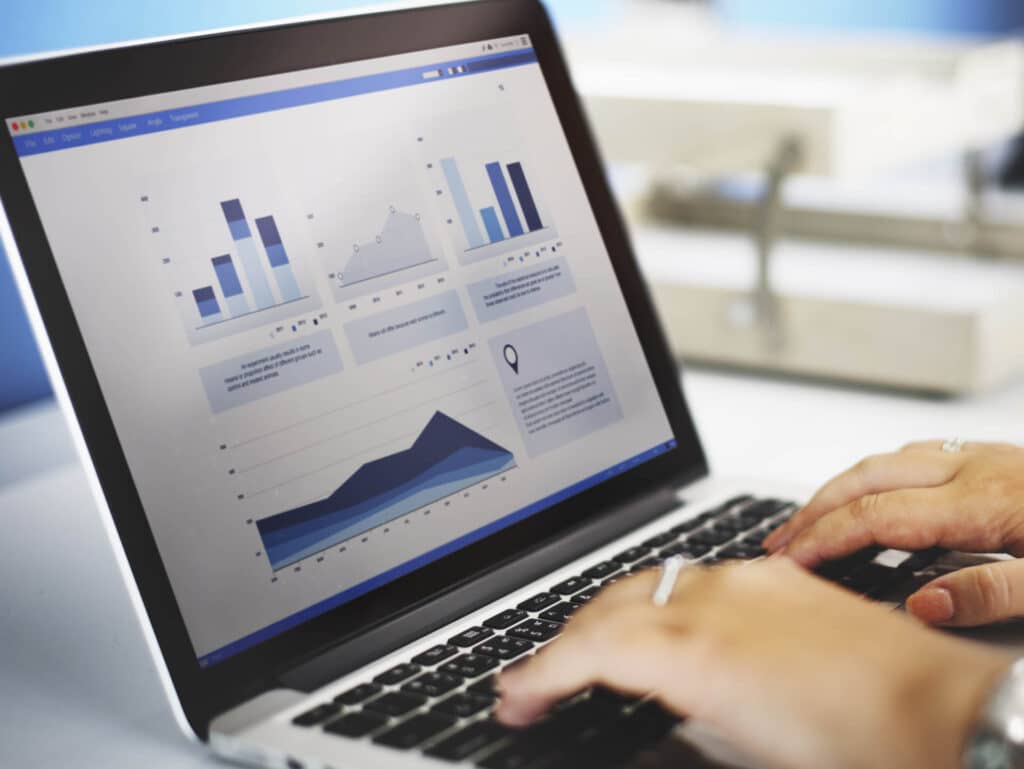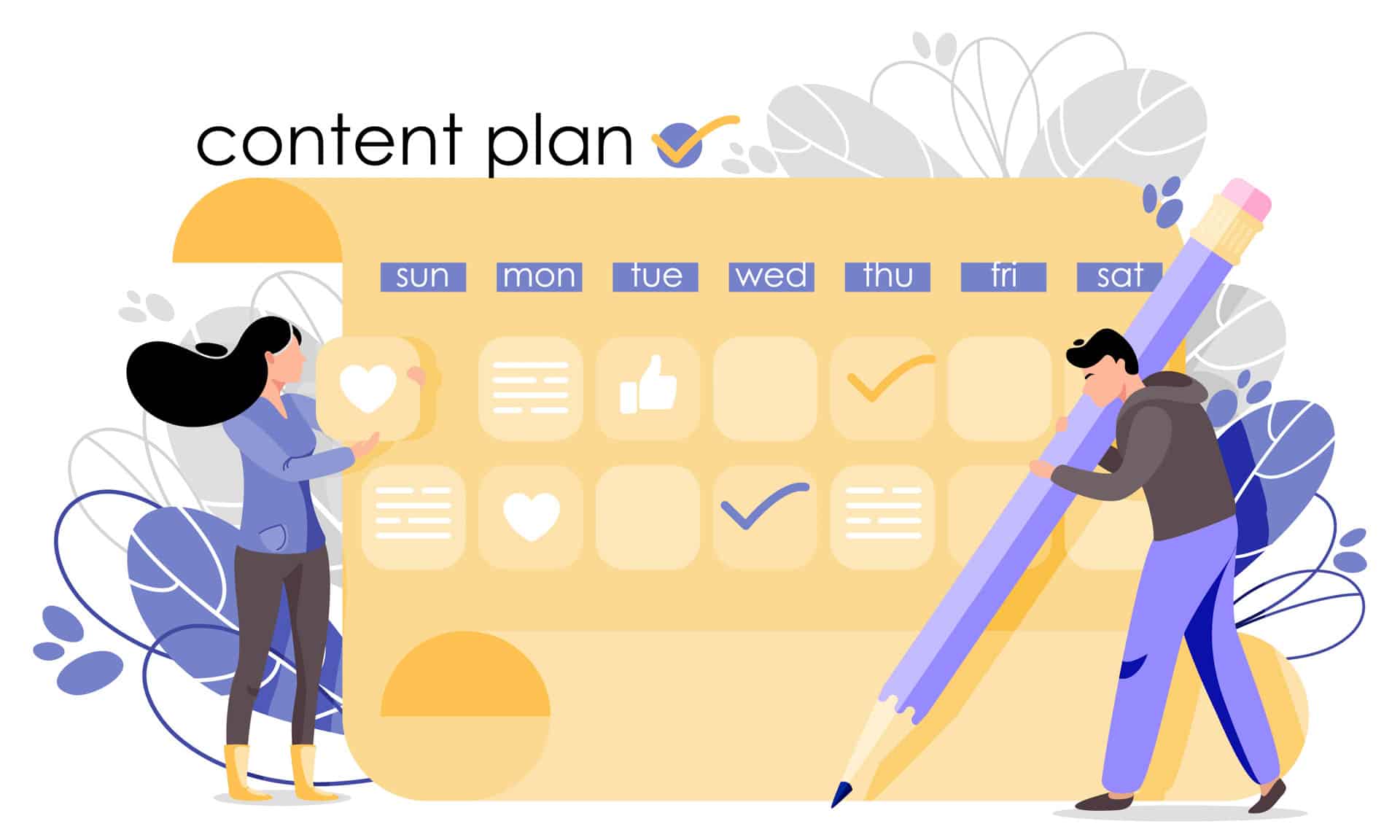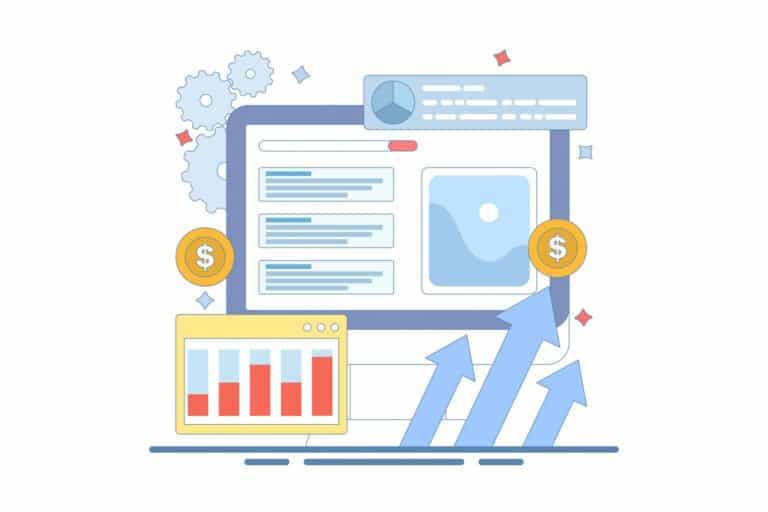LinkedIn is a social network that can be used not only for professional networking and career development; but also, to grow your customer base.
By allowing users to showcase their professional portfolio, the site has catapulted its importance for business-to-business industries, and its potential to make sales happen as your professional network grows.
As you know, marketing to a business is vastly different than advertising to individual consumers. The importance of using analytics and data does not change when making good marketing decisions for business-to-business.
Read our guide below on using LinkedIn to get accurate data about your target audience.
BACK TO BASICS
Before we get started, you will need to complete some simple steps to make the most out of LinkedIn analytics.
- Create a LinkedIn business account (or company profile). Ensure you include relevant consumer content such as description / tutorials etc.
- All users given admin access can view the page’s analytics (under the “admin view” tab at the top of the screen).
- Remember to review personal employee profiles, they are representation of the company. Consider creating a policy for all employees to follow, ensuring that there is an understanding of what is deemed appropriate LinkedIn content and behaviour.
- Make your content relevant and personal. To learn more, refer to our previous blogs for Social media
8 Things to Remember when Creating a Social Media Video for your Business
The Importance in Investing in your Own Photography
How to Get the Best out of Hashtags
- Like all marketing or content, it is important that your companies’ tone of voice stays consistent. Though there may be some slight differences between platforms, the overall tone should be similar. If the company normally uses a simple, friendly tone, don’t use complicated jargon because you feel LinkedIn should differ from other social media platforms.
DATA WITH RELEVANCE
Data is critical to making good business decisions, this is even more true when it comes to marketing.
You can only get good results when you are looking at the correct data. The analytics found on LinkedIn are very useful as they give you an insight into your visitors, updates and followers. Within these three useful sections of information, there is more specific data that may or may not be useful to you and your company.
VISITORS
Visitor analytics show how many visitors come to your page daily. If you are trying to increase your visibility and want to be seen by more people, checking this can help you get a better understanding of your audience. Within the visitor’s analytics you can break down your data into sectors such as traffic and demographics.
DEMOGRAPHICS
When it comes to people visiting your LinkedIn page, it’s not about the quantity, it’s about the individual. LinkedIn is so specific about detailing a person’s professional background, the analytics can break down their professional demographic along with profiles with particular skills.
For example, you could see how many website designers have viewed your page. This is not only useful for seeing a new potential audience but also for recruiting new staff.
UPDATES
Updates offers a review on how well your content is performing, or if it’s not at all.
The updates metric indicates which pieces of content are getting most attention and which are not performing, this could help you approach future posts differently – for example you might find posts with images are outperforming video. Or posts about your services are under performing compared to posts about your team.
ENGAGEMENT METRICS
Like all social platforms, this is seen as a crucial metric as it breaks down the specific nature of the interactions with your content.
Engagement metrics allows you to track your impressions, unique impressions, click, shares, likes and other important data where someone has interacted with one of your posts.
Engagement metrics also distinguish between organic results and paid results.
FOLLOWER DEMOGRAPHICS
This can be a very helpful and important metric to look at on LinkedIn for your business. The types of followers you have can show potential new customers or just give you more insights into your current follower demographic; allowing you to investigate the
characteristics of your followers and place them into categories like location, profession, industry and much more.





